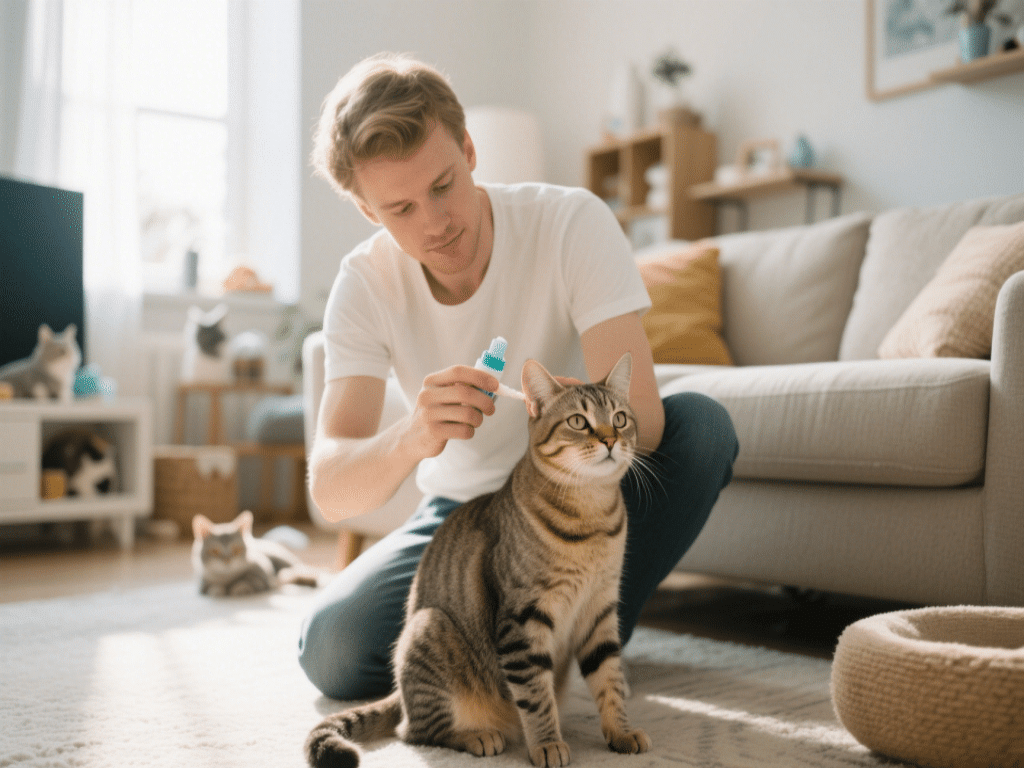The Benefits of Pet Insurance: Why You Should Consider It
The Essential Shield for Modern Pet Owners
Rising veterinary costs present significant financial challenges for pet owners. The American Veterinary Medical Association reports emergency procedures routinely exceeding $3,000, while chronic conditions like diabetes or cancer can incur $15,000+ in lifetime treatment. Pet insurance transforms unpredictable financial burdens into manageable monthly premiums, ensuring pets receive necessary care without devastating out-of-pocket expenses.
Core Advantages of Pet Insurance
Financial Predictability & Crisis Mitigation:
Replace catastrophic vet bills (e.g., $5,000 for a ruptured cruciate ligament surgery) with predetermined premiums (typically $25-$70/month). Policies commonly cover 70%-90% of costs after deductibles, turning financial crises into manageable reimbursements.Expanded Access to Advanced Veterinary Medicine:
Insurance empowers owners to pursue cutting-edge diagnostics (MRI/CT scans often $1,500-$2,500) and life-saving treatments like chemotherapy or specialized surgeries previously deemed cost-prohibitive, significantly improving prognoses.Comprehensive Coverage for Chronic & Hereditary Conditions:
Reputable plans cover lifelong management of chronic illnesses (e.g., allergies, thyroid disorders, hip dysplasia) and breed-specific hereditary conditions – costs often excluded from savings plans or credit options. Early enrollment is crucial as pre-existing conditions are typically excluded.Holistic Wellness Support (via Add-ons):
Optional wellness riders proactively fund routine care: annual exams ($50-$100), vaccinations ($20-$40 each), dental cleanings ($300-$700), parasite prevention ($200-$300/year), and nutritional counseling, promoting long-term health.Freedom of Veterinary Choice:
Unlike restricted HMO-style plans for humans, most pet insurance providers allow visits to any licensed veterinarian, emergency clinic, or specialist across the US and often internationally.Streamlined Claims & Direct Deposit:
Modern insurers offer user-friendly apps for instant claim submission. Reimbursements via direct deposit typically occur within 5-10 business days, minimizing cash flow disruption. Some clinics even offer direct payment partnerships.
Strategic Implementation: Choosing Your Plan
Assess Your Pet’s Profile: Consider breed predispositions (e.g., Dachshunds: IVDD, Bulldogs: respiratory issues), age, and current health. Younger, healthier pets secure the best rates and full coverage.
Compare Coverage Granularly: Scrutinize annual limits ($5,000 unlimited vs. $30,000), reimbursement rates (70%, 80%, 90%), deductibles ($100-$1,000 annually), and exclusions (pre-existing conditions, specific breed-related issues). Understand waiting periods (accident: 0-15 days, illness: 14-30 days, orthopedic: often 6 months).
Evaluate Provider Reputation: Research claim processing times, customer service reviews (Trustpilot, BBB), financial stability (AM Best rating), and policy transparency. Look for clear explanations of benefit schedules.
Beyond Dollars: The Intangible Value
Pet insurance fundamentally provides proactive health management and profound emotional security. Eliminating agonizing financial decisions during emergencies allows owners to focus solely on their pet’s well-being. It represents a tangible commitment to providing a full, healthy lifespan for a cherished family member.
Take Action: Obtain customized quotes from 3-4 top-rated providers (e.g., providers like Embrace, Spot, Healthy Paws, Trupanion). Disclose your pet’s full medical history accurately. Investing in pet insurance is a strategic decision safeguarding both your companion’s health and your financial stability against life’s uncertainties. Secure coverage before issues arise – your pet’s health journey deserves this essential protection.
RECOMMENDED NEWS

How to Read Cat Tail Language: What Your Feline Is Saying
IntroductionCats communicate through subtle body signals—ear position, pupil size, and e...

Best Practices for Feeding Multi-Pet Households: Cats and Dogs
IntroductionFeeding a household with both cats and dogs requires careful planning to ensur...

Cat Hydration Hacks: Encouraging Your Cat to Drink More Water
IntroductionCats are naturally low-thirst animals, descended from desert-dwelling ancestor...

Building a Comfortable Indoor 'Adventure Zone' for Your Cat
Why Your Indoor Cat Needs an Adventure ZoneIndoor cats require physical and mental stimula...

Safe Ways to Introduce Your Cat to the Outdoors
Safe Ways to Introduce Your Cat to the OutdoorsIntroductionTransitioning a house cat to th...

How to Care for a Pet Pink Toe Tarantula
The pink toe tarantula, sometimes referred to as the South American pinktoe or the Guyana...
Comments on "The Benefits of Pet Insurance: Why You Should Consider It" :